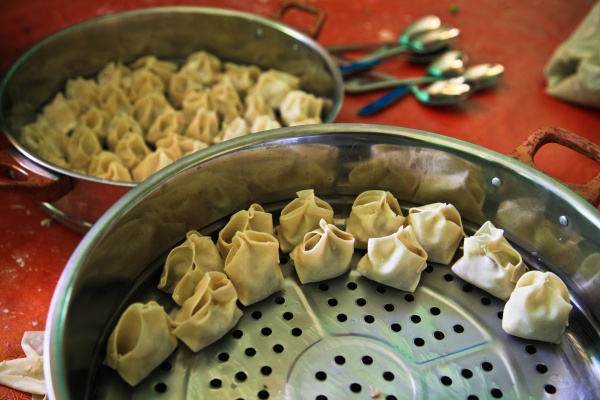Facts About Manti
Manti, also known as manty, mantu, or manta, is a delicious type of dumpling that has established its place in various cuisines worldwide, including Turkic, South Caucasus, Central Asian, Afghan, Balkan, Bukharan Jewish, and Chinese Muslim culinary traditions. Recently, it has also gained popularity in Pakistan, particularly in Peshawar, due to Afghan influences.
So, what exactly is manti? Picture a spiced meat mixture—usually lamb or ground beef—encased in dough and either boiled or steamed to perfection. Depending on where you are, the size and shape of manti can vary, resembling other well-known dumplings like jiaozi, baozi, mandu, buuz, and momo.
The origins of manti are somewhat shrouded in mystery. Some suggest it might have originated with the Mongol Empire or the Uyghur people in northwest China. It likely traveled along the Silk Road to Anatolia, carried by Turkic and Mongol travelers.
In Central Asia, you'll find diverse interpretations of manti, each with its own unique preparation and fillings. For instance, in Afghan cuisine, mantu is typically filled with beef or lamb and topped with a rich yogurt sauce. In Armenian and Turkish cuisines, manti is often served with yogurt, garlic, and a variety of spices. A popular Turkish version is known as Kayseri mantısı.
In Bosnia, there's a similar dish called klepe or kulaci, made with minced meat and onions and served in a savory yogurt and garlic sauce. Another Bosnian variant, mantije, is a baked dish that resembles pita or burek.
No matter where you find it, each variation of manti offers a unique taste experience, reflecting the rich culinary traditions of its region. Whether boiled, steamed, or baked, these dumplings are a testament to the diverse and delicious ways people around the world enjoy their food.

 Turkmenistan
Turkmenistan